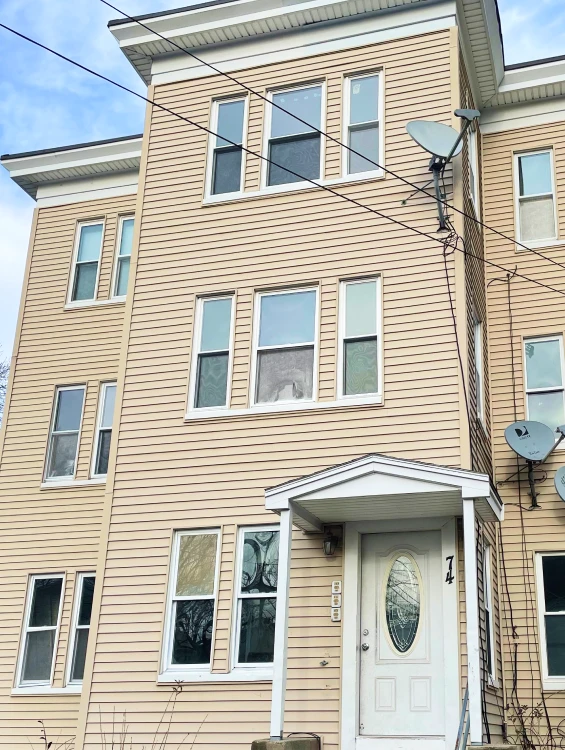By improving awareness of the people, places, things, feelings, events that can catalyze drug cravings, the patient can better devise alternatives on how to identify the triggers, get help immediately, and determine when he is about to slip up. Family and friends are encouraged to educate themselves http://socdirect.ru/socium/2020/12/26/zen-kans-unsolvable-enigmas-designed-to-break-your-brain-puqun-li.html on how to stop enabling an addict and help them stay clean. Therefore, a key aspect of recovery is identifying potential triggers and risk factors and avoiding them as much as possible. Read more to learn about types and stages of relapse in addiction, as well as relapse prevention strategies.
- These skills provide alternatives to substance use and empower individuals to navigate difficult moments while preserving their sobriety.
- But they can be stressful issues, and, if tackled too soon, clients may not have the necessary coping skills to handle them, which may lead to relapse.
- Self-efficacy (SE), the perceived ability to enact a given behavior in a specified context [26], is a principal determinant of health behavior according to social-cognitive theories.
Free Healthbeat Signup
Thus, it is important to learn about and use relapse prevention techniques. Before discussing prevention, it is useful to understand the nature of relapse. Second, mind-body relaxation helps individuals let go of https://art-apple.ru/displayimage.php?pos=-3032 negative thinking such as dwelling on the past or worrying about the future, which are triggers for relapse. The practice of self-care during mind-body relaxation translates into self-care in the rest of life.

How Common Is Relapse?
This concurs not only with clinical observations, but also with contemporary learning models stipulating that recently modified behavior is inherently unstable and easily swayed by context [32]. While maintaining its footing in cognitive-behavioral theory, the revised model also draws from nonlinear dynamical systems theory (NDST) and catastrophe theory, both approaches for understanding the operation of complex systems [10,33]. Detailed http://rupest.ru/ppdb/4-tert-butylphenylethyl-alcohol.html discussions of relapse in relation to NDST and catastrophe theory are available elsewhere [10,31,34]. The RP model developed by Marlatt [7,16] provides both a conceptual framework for understanding relapse and a set of treatment strategies designed to limit relapse likelihood and severity. In a subsequent meta-analysis by Irwin, twenty-six published and unpublished studies representing a sample of 9,504 participants were included.
Importance of Support Groups
For instance, in a high-risk context, a slight and momentary drop in self-efficacy could have a disproportionate impact on other relapse antecedents (negative affect, expectancies) [8]. Furthermore, the strength of proximal influences on relapse may vary based on distal risk factors, with these relationships becoming increasingly nonlinear as distal risk increases [31]. For example, one could imagine a situation whereby a client who is relatively committed to abstinence from alcohol encounters a neighbor who invites the client into his home for a drink. Importantly, this client might not have ever considered such an invitation as a high-risk situation, yet various contextual factors may interact to predict a lapse.




